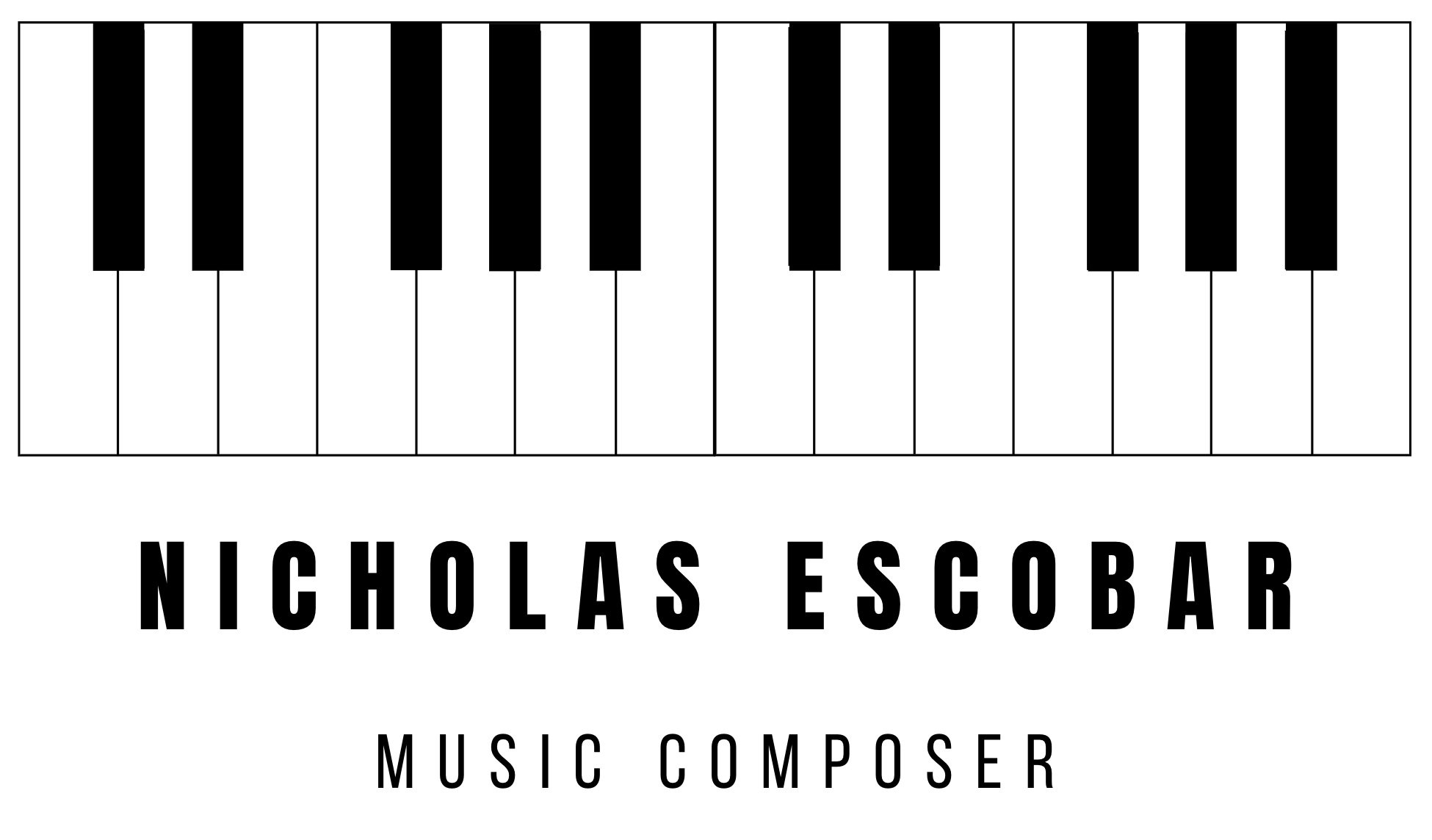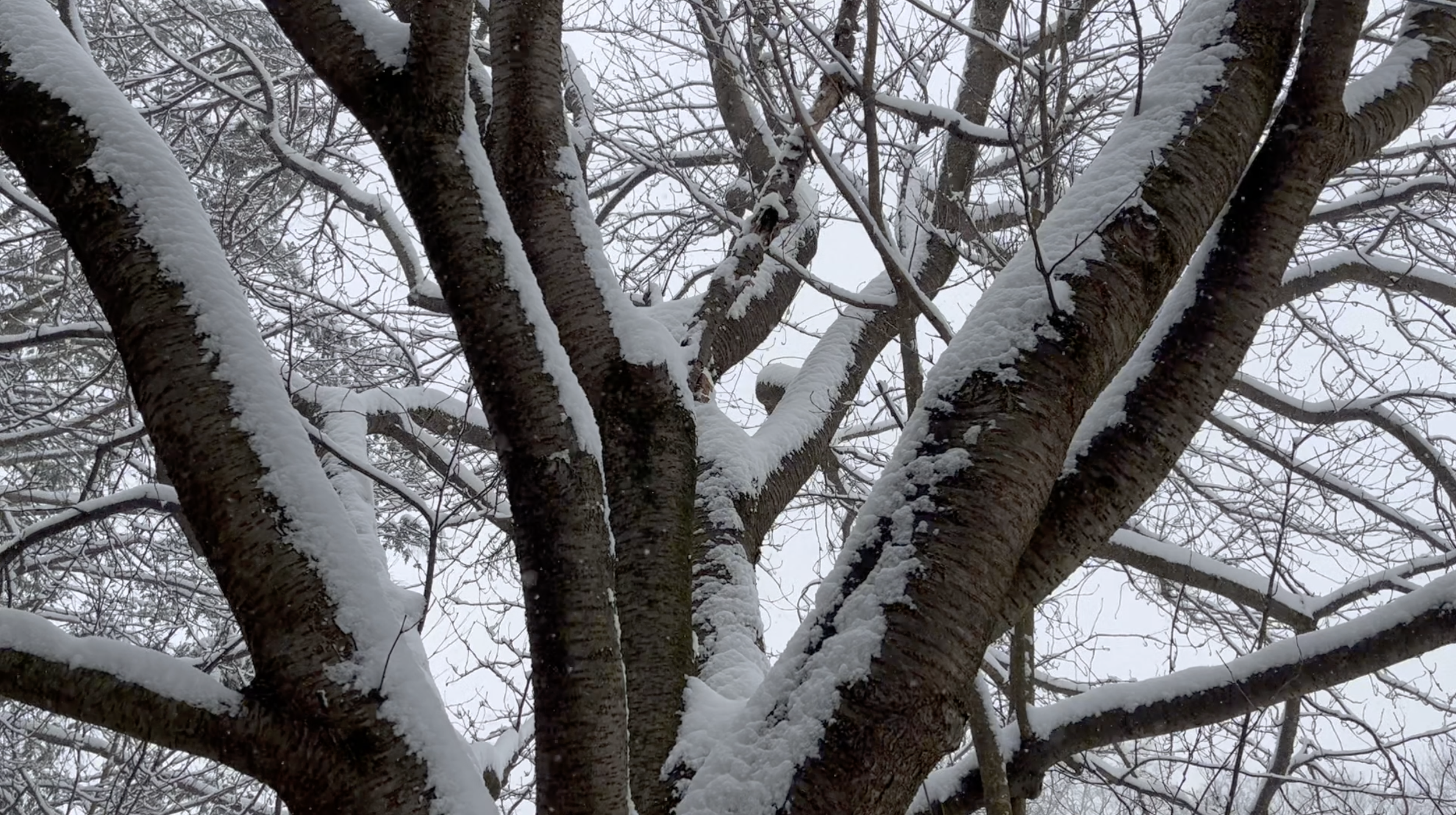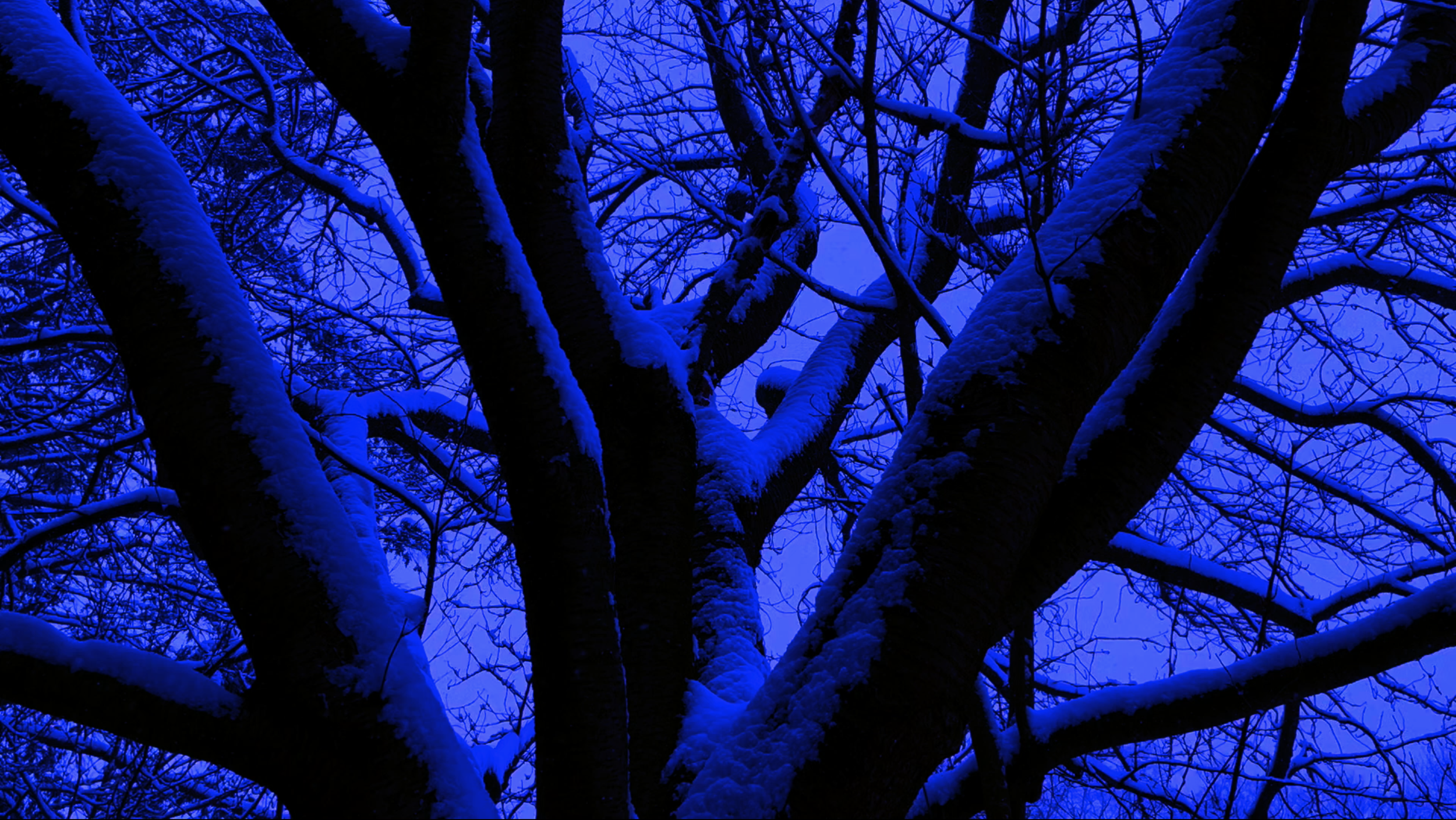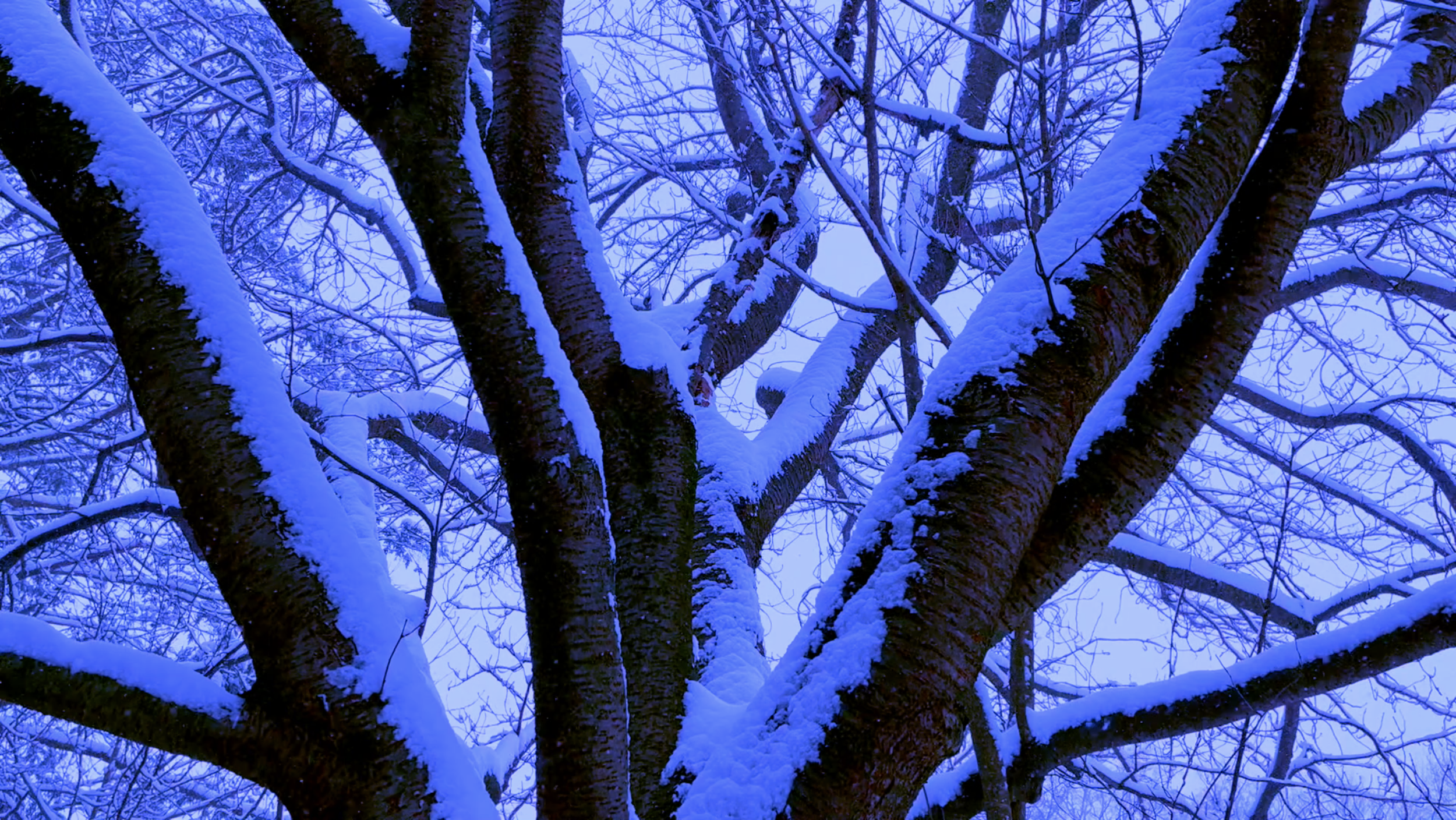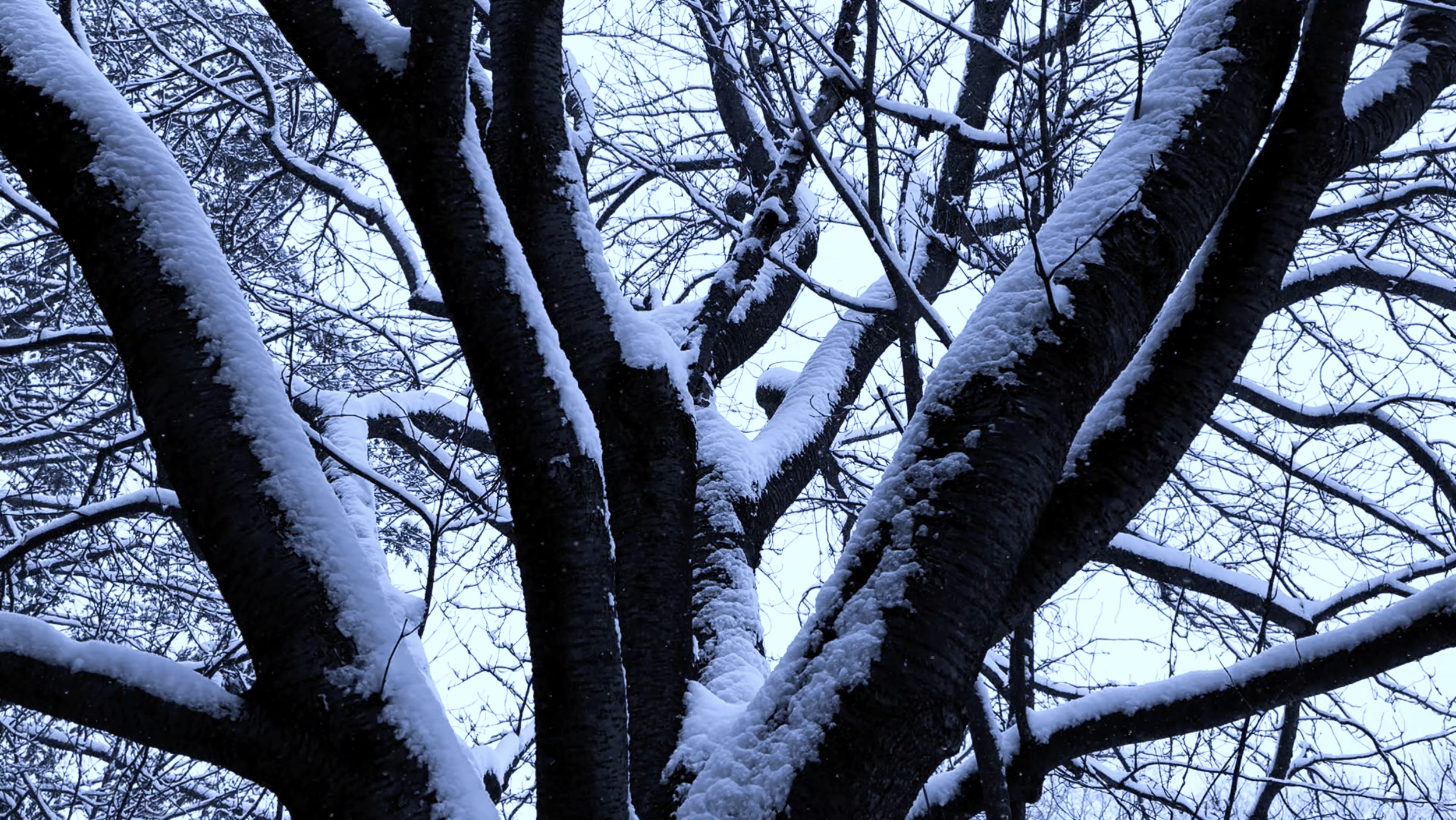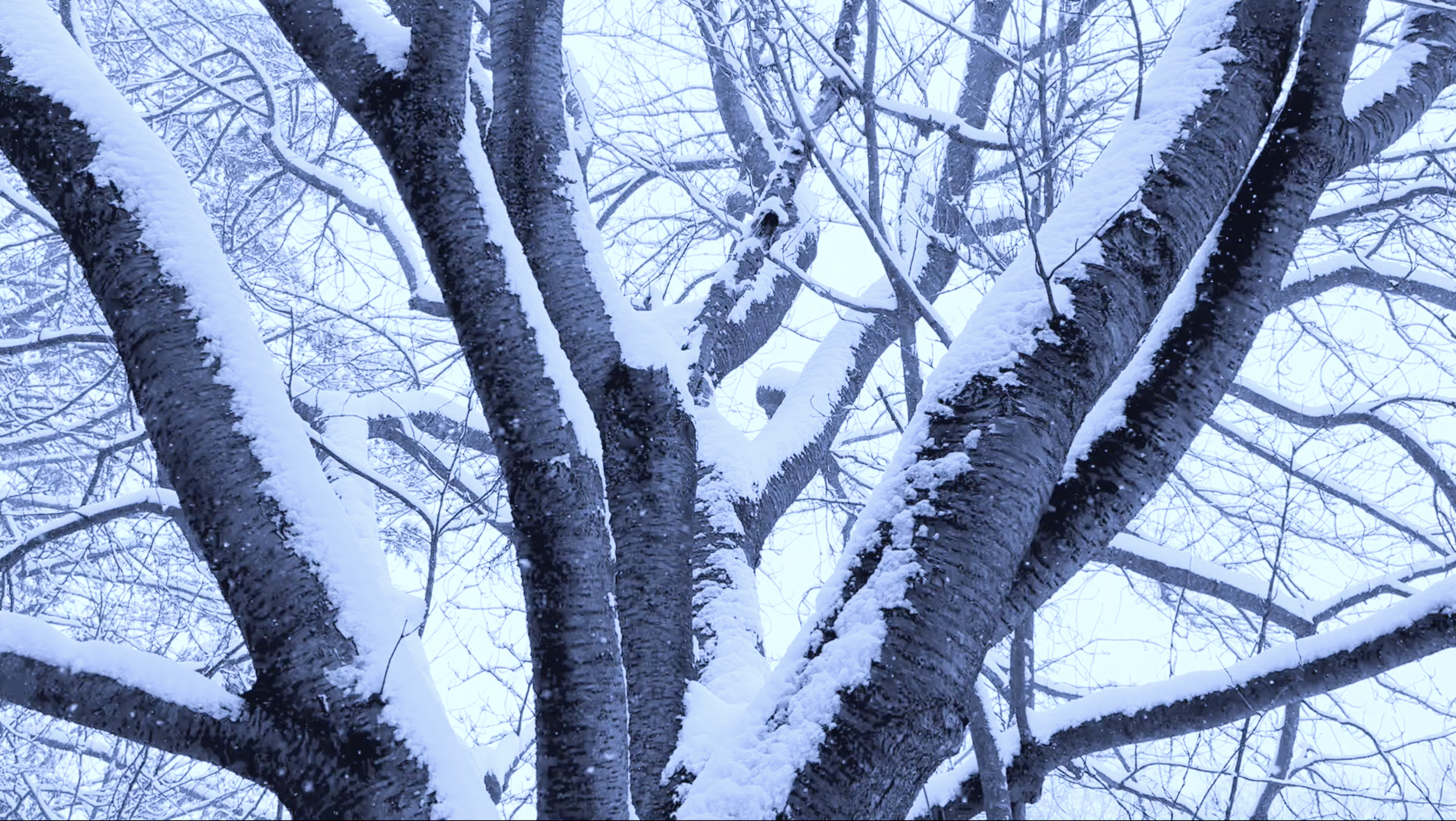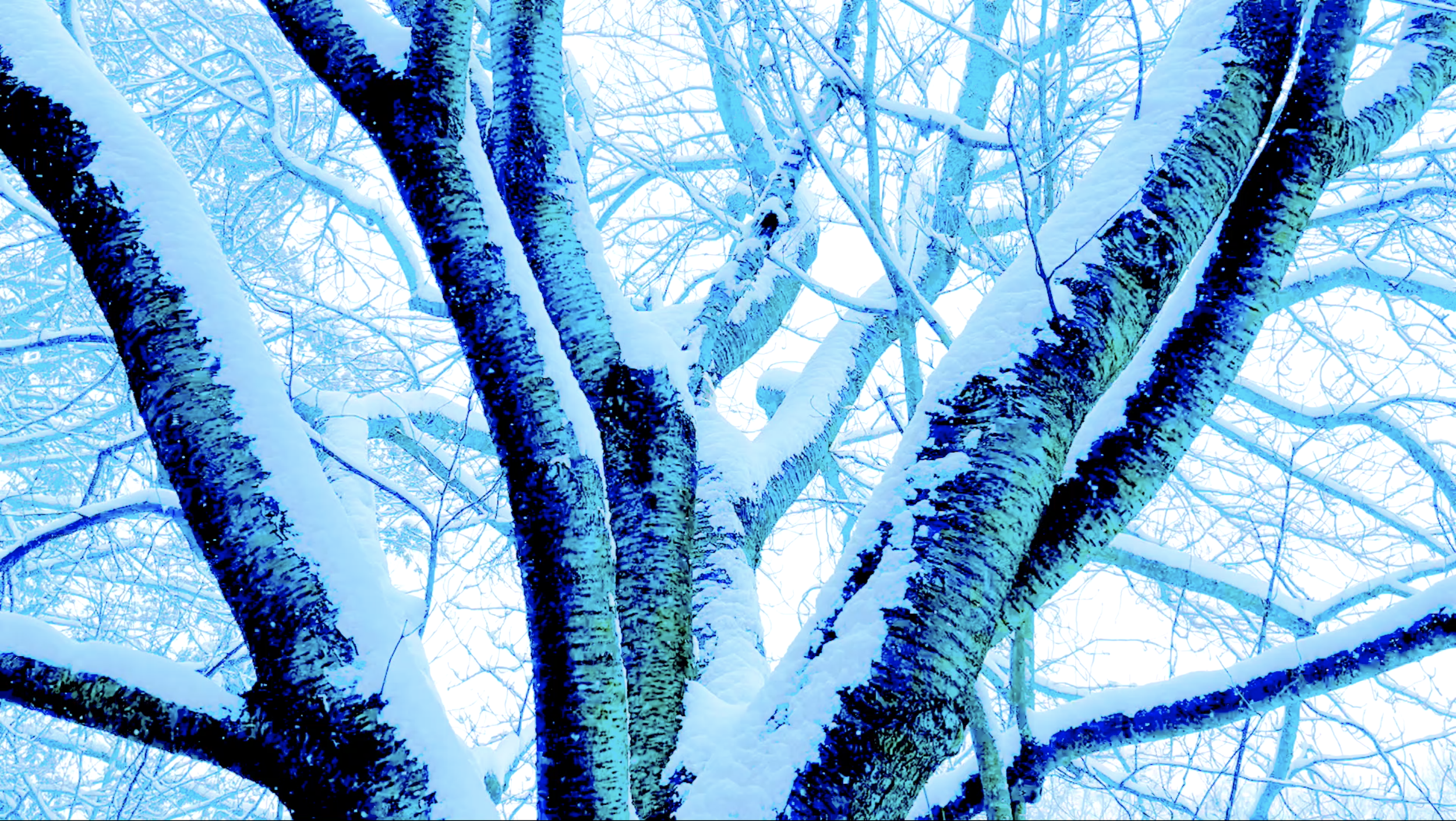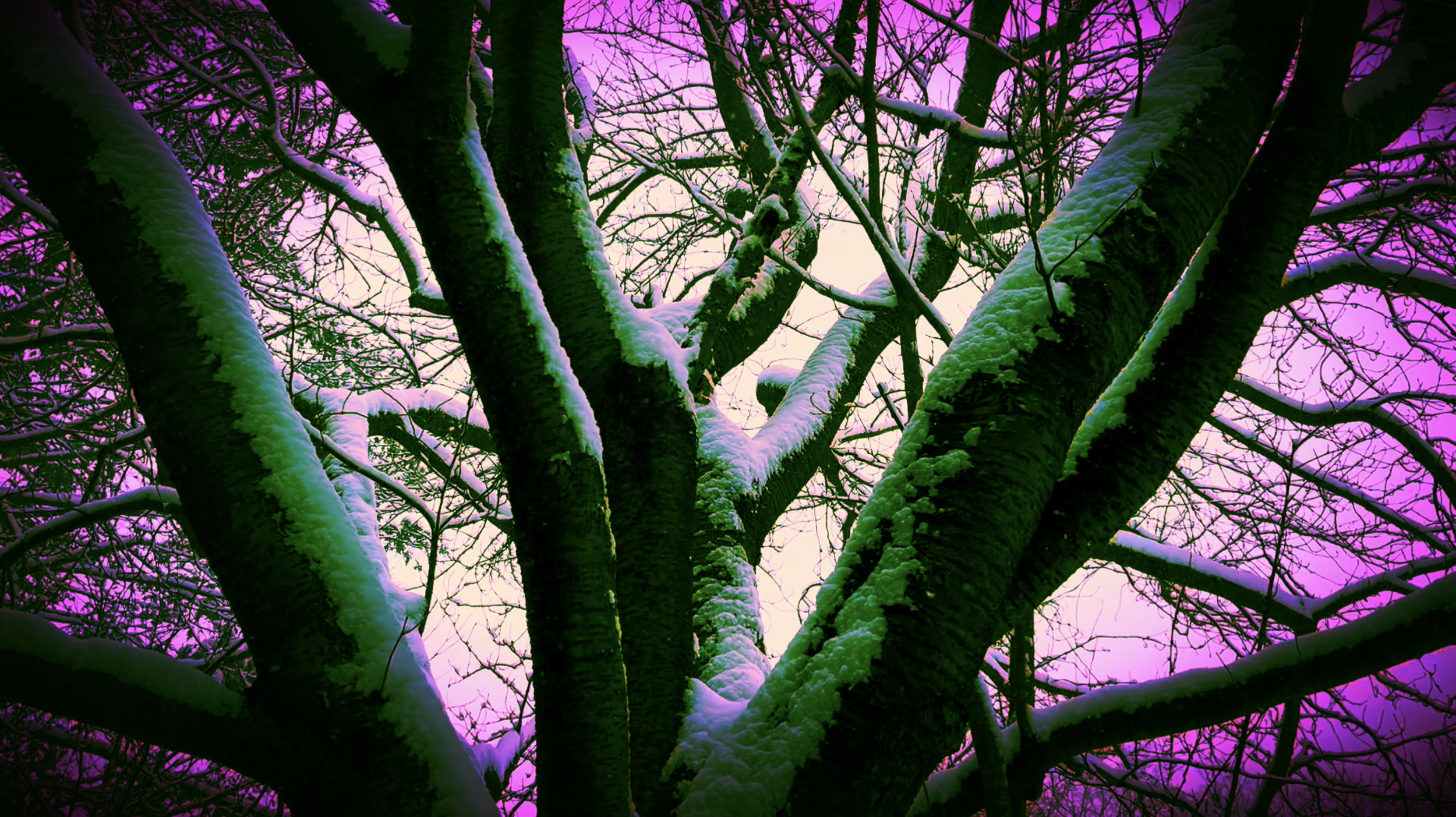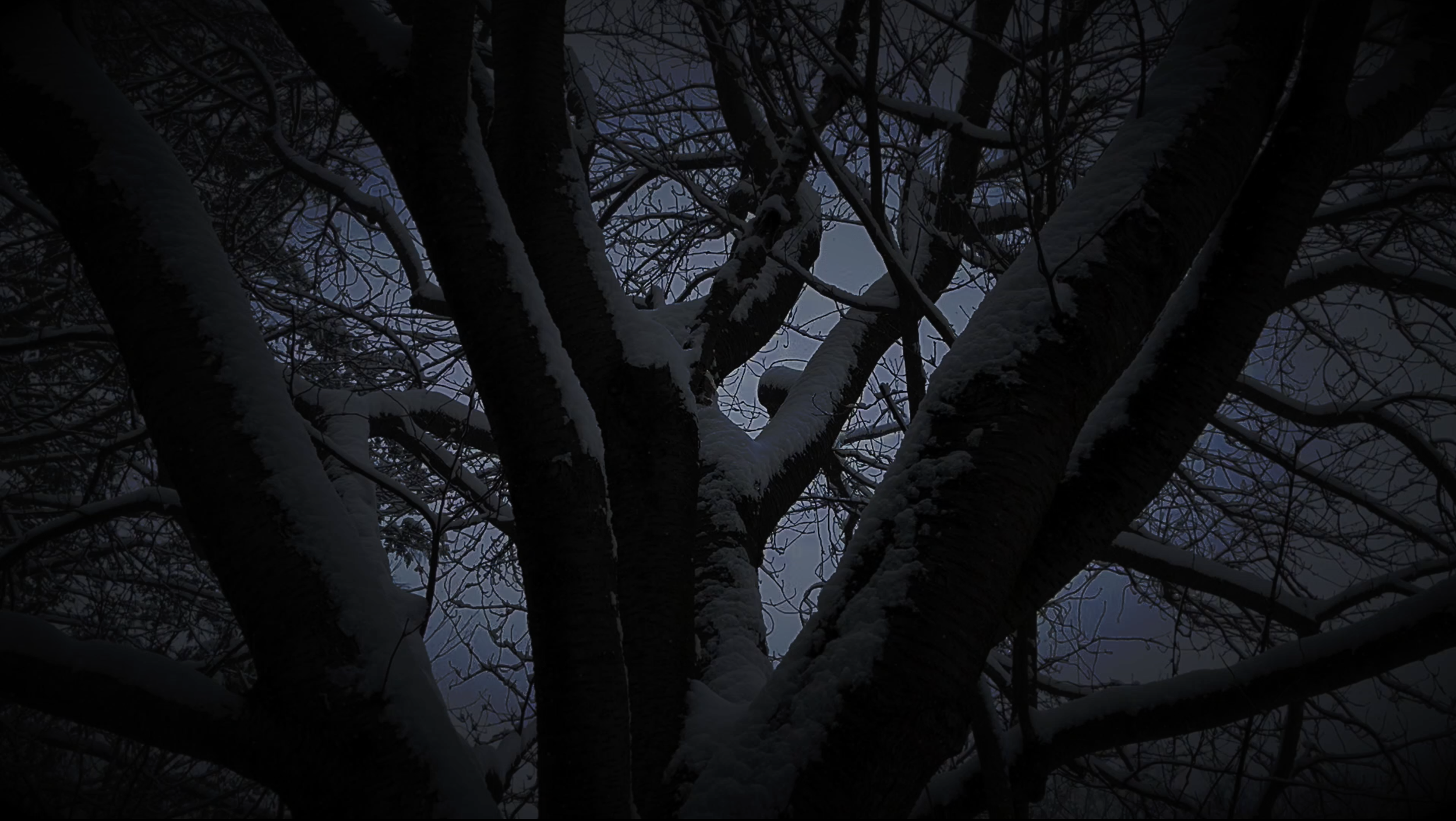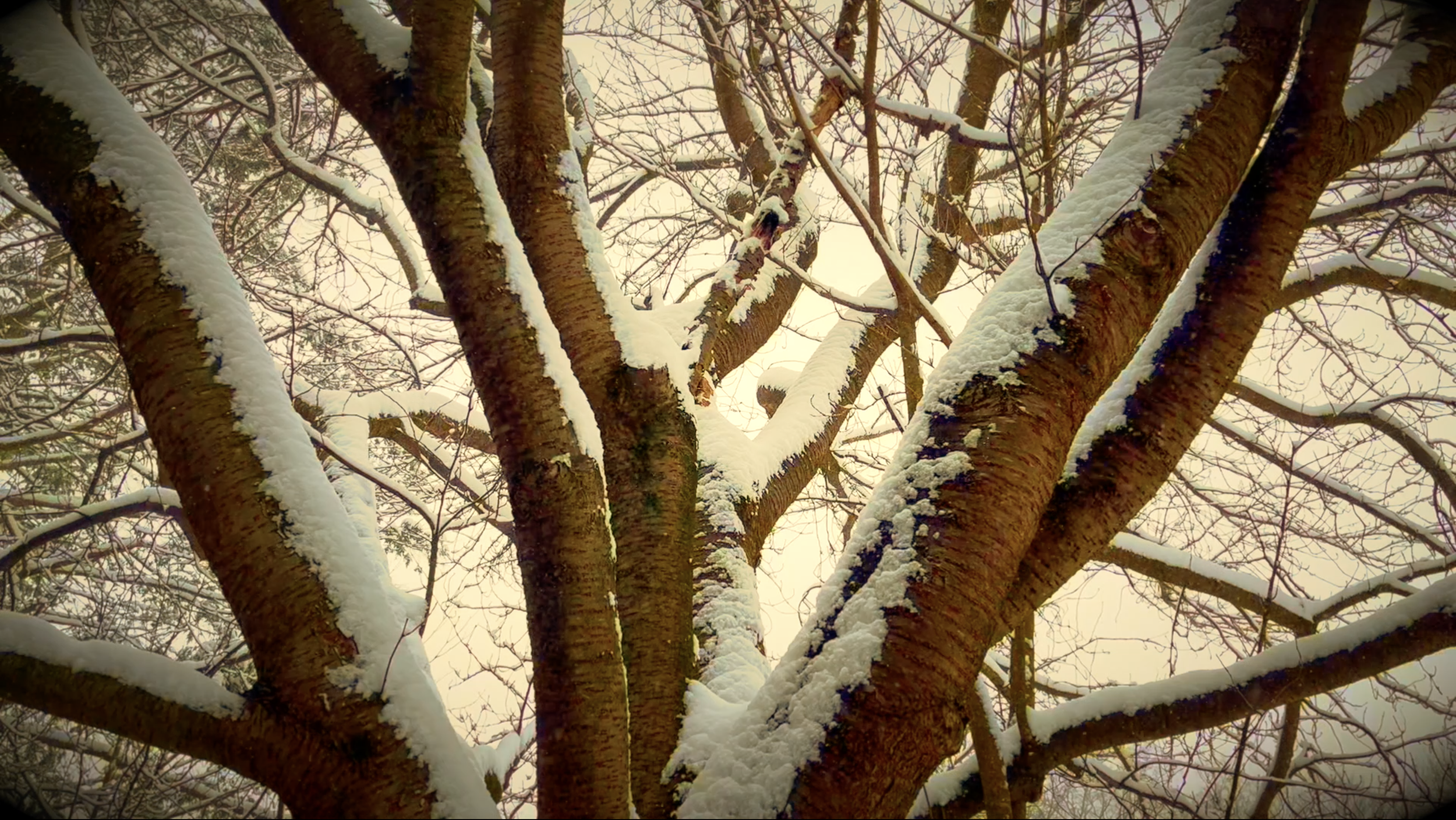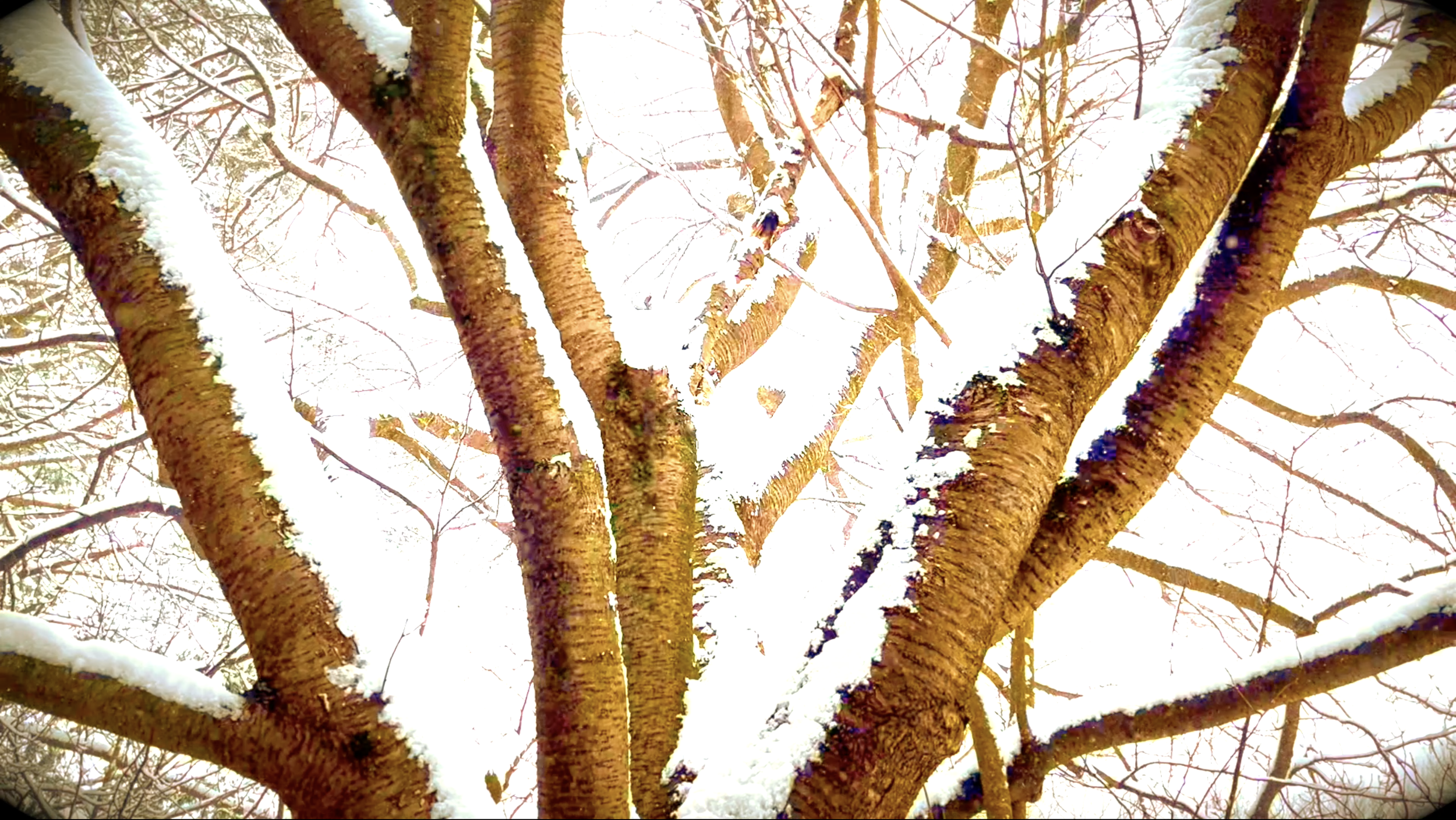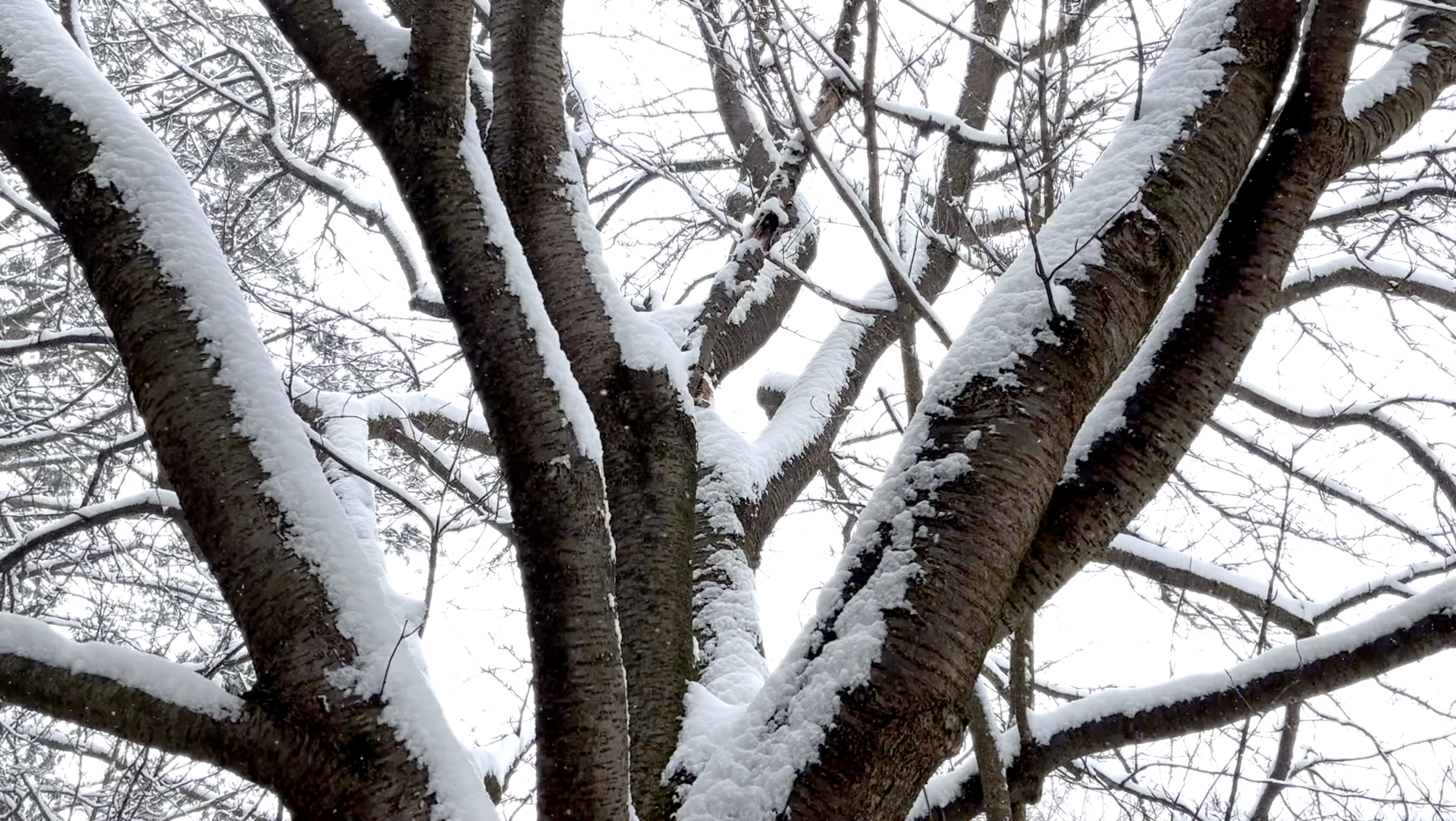My Composing Process: Snow Rave (2024)
Dear Readers,
Fun fact: The Logic session in my computer for “Snow Rave” is still called ‘bassAnddrums”. This was the placeholder title, but still describes the piece quite well. It only became “Snow Rave” after I filmed my family’s century-old cherry tree in the middle of a snow storm.
Let’s dive into the composing process.
bassAnddrums
On a whim, I opened a new Logic Session and set the time signature to 5/4 (5 beats per measure) and the tempo to 150. Playing with different time signatures is always fun because it allows for spontaneous and interesting melodic structures. For example, let’s examine the main melodic line (played here by the Velvet Piano) and the bass line (played here by the bass guitar). The audio file also has a click track so you can clearly hear when each beat lands.
Because of this piece being in 5/4, there is essentially an extra beat in each measure. Look at the bass line. In the first measure the bass plays C six times and Eb four times. If this were in 4/4, they would most likely be evenly split, with four eighth notes each. In 5/4, we essentially have a 3/4 measure of C and a 2/4 measure of Eb (3+2=5). That extra beats adds a wonky element to each measure.
The melody is built around the notes Eb and C (in the key of C minor) and frequently lands on the up-beat (the & of 1&2&) which further makes the piece feel off kilter. In the fourth and eighth measures, the melody hits F# (the raised 4th of C minor) which is a classic note in the jazz/lydian scale.
The upbeat element is also present in the bass line. Check out measure 4. The bass hits F 3 times, then D 3 times and then C twice and Bb twice. Those three note clusters result in the D hitting on an upbeat. This is in sharp contrast to measure 8 when the bass line is clearly hitting the downbeat with five two note clusters.
Orchesration-wise I used the Bass Guitar from Native Instruments, the AIR Velvet x64 A200 (Soft Phaser preset), the Tina Guo Cello (with tremelo to break it up into little rhythmic bits) and a deep flute mellotron,. I added a lot of distortion and bass amps to a bunch of these instruments. That is why the bass notes sound so knarly,
The other part of “drumAndbass” is of course the drums. In this piece I have a ride cymbal track, a kick + snare track, a separate snare track, a hi-hat and some extra cymbals. Most of the percussion tracks don’t feel like they are actually in 5/4. They purposefully clash, resulting in a piece that seems time-signature-less.
Other Orchestration Things
I focused mainly on the close-up mics for the strings.
The other major element in this piece is the string section. I used the Spitfire Studio Strings VSTand utilized a lot of close mics to make it seem like the strings were on top of the listener. I also specifically picked smaller sections of violins and violas so that it feels intimate and you can hear the individual players.
I added in flutes and alto flutes, doubling the string parts. They add an airy brightness to the sound. Also, important to note that some of the strings and flutes play a harmonic line about the melody, creating a build towards the breakdown section.
Here is one of the Velvet instruments that I used.
Speaking of, for “breakdown” section, I purposefully switch up the bass sounds. You now hear a picked bass (Native Instruments) and the Velvet MK 1 (Chorus preset), doubled with the existing mellotron. I also work in a number of other Velvet e-piano tracks to further create a chaotic and improvised environment for the solos.
The solos are a mixture of the Velvet A200 (Twangy Fuzz Amp preset, with added tremolo and an amp), the Velvet Model T (Planet Tacky preset with an amp) and the Old Time Recording Keys instrument from Logic (with an amp and hard low cut EQ). All three of the instruments play the same notes and blend together to create a bizarre, electronic buzz.
I performed the solo, specifically trying to be messy and expressive. I initially thought I would do two different instruments (one for the first half of the solo section, the second for the other) but decided instead to do a stacking method.
For the ending sequence, I change up the bass line, doing a variation and favoring long notes instead of eighth notes. It ends with a large hit on the note G (first an octave up and then an octave down. Because G is the 5th of C (meaning it is five whole steps above the note C), it leads perfectly into the ending repetition of the theme.
Imagining And Reimagining The Video
My family has a bird feeder in our back yard and we can clearly see it from our tv room. It is frequented a lot during the winter season.
One freezing day last week I took my phone out on a tripod, set it below the feeder, and recorded two long takes of the birds eating. At times there were dozens of birds perched around the feeder, patiently waiting their turn. A really kinetic visual. At this time I was in the middle of “bassAnddrums” and imagined that the energetic, intense track could blend well with the chaotic eating at the feeder.
A couple days later, we had a massive snow storm that dropped five inches in our area. It snowed during the day and it was gorgeous. The blanketing of snow was hypnotic. So I took my phone out again on a tripod and set it on our front porch, looking up towards our century-old cherry tree. I purposefully had the trunk centered in the middle and the many branches filling the entire frame.
It was perfect.
So as I finalized the music, I began to edit the video. Just like with my recent projects (including darts), I used the filter/color changing options in iMovie to accent specific points in the music. In this case, I mapped out the 8 second for each half-iteration of the bass line. Then, for each grouping of 16 seconds, I gradually shifted from one color to the next. These color filters were similar though, so the effect was one of gradual change. It gave the color an even more dynamic role in the film.
We have: 1) dark blue - light blue 2) black and white - lighter black and white 3) green - bright aqua green 4) burnt orange - blindingly red and yellow 5) pink purple sunset - eerie green pink sunset 6) black and white - sepia - blinding white. Especially at the end after the breakdown, the colors grow from dim black and white all the way to a blinding shot.
I love how the kinetic movement of the snow creates a natural film grain effect. And the interesting angles of the trucks and branches have a wonderful abstract quality to them.
In conclusion, the century-old tree has a fantastic, color-filled rave in a snow storm.
Raving Conclusions
As I say at the end of every one of these blog entries: every project is different. They all start the same way: with a blank Logic file and the spark of an idea. In this case, it was the decision to make the piece in 5/4 and developing the bass line and the melody. From there, it was a snowball effect to the snow rave conclusion. I love how the video turned out. It was great filming the majestic cherry tree. I also enjoyed using distortion and tremolo in the piece, creating cool kinetic textures.
If you have any questions about my composing process for this piece, feel free to email me at nicholasescobarcomposer@gmail.com.
Your’s Musically,
Nicholas Escobar
